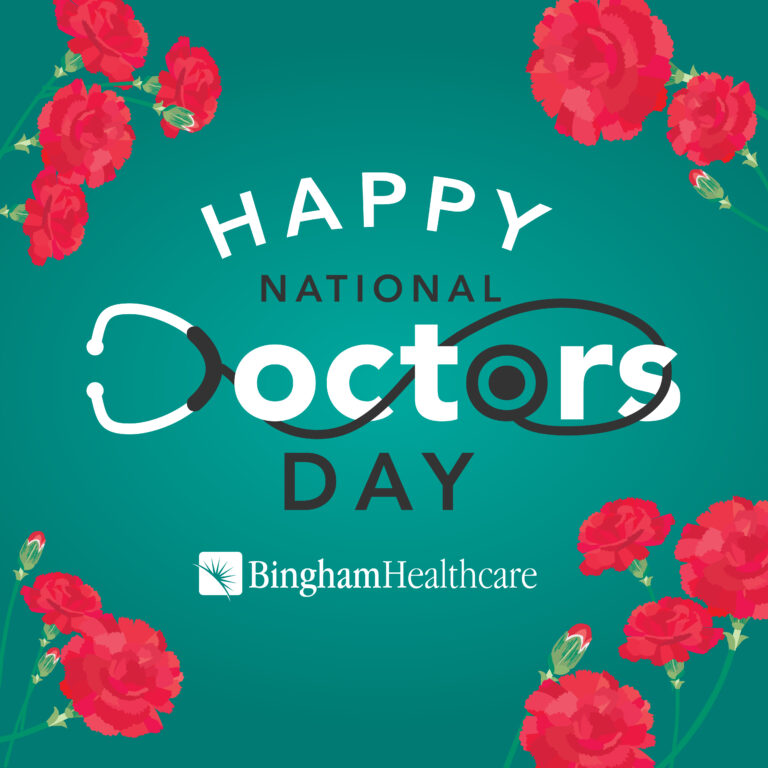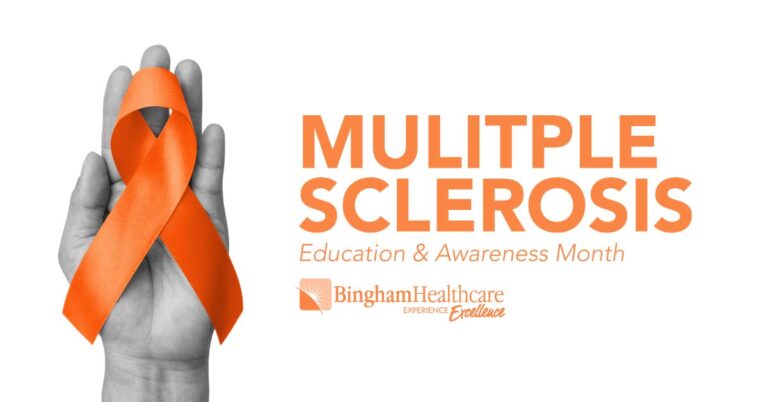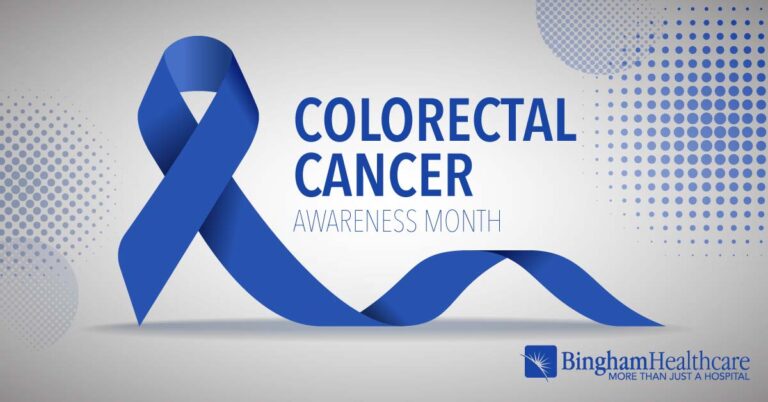
Little Kids, 5 Big Dangers
Learn about five hidden hazards that even the greatest parents may miss, and how to keep your child out of harm’s way.
Mistake #1: Buying your child the latest fashionable hoodie—with drawstrings.
Keep ’em safe: Drawstrings in some of the most common winter weather clothing can be dangerous. These can become a strangulation hazard for children. Keep your child warm with turtlenecks, hats, and earmuffs, and remove the drawstrings from sweatshirts, coats and other items.
Mistake #2: Putting your baby to sleep in a pillowy bed.
Keep ’em safe: Although a crib filled with pillows and stuffed animals looks cozy, it could be lethal for your baby. Some parents continue to hear conflicting messages about how and where babies should sleep; we’d like to set the record straight: Babies should lie on their backs facing up, in a crib with a firm mattress and well-fitted sheet. Keep the crib as empty as possible.
Mistake #3: Thinking that a window screen is a strong enough safety guard.
Keep ’em safe: Screens keep bugs out, but they don’t keep children in. Because your little ones love exploring new places, put up baby gates and install window guards (which keep windows from opening more than 4 inches) to keep kids safe.
Mistake #4: Getting your child to take medicine by calling it “candy.”
Keep ’em safe: Calling medicine by any other name could create harmful confusion. Instead, explain the distinction clearly. And be sure to store all medicine in a locked cabinet out of reach of children. It’s important to remember that child-resistant caps on medicine bottles do not mean they are childproof.
Mistake #5: Thinking you need to pay a lot for safety.
Keep ’em safe: Higher prices and fancy brand names don’t necessarily mean the products will do a better job at keeping your child safe. Keeping an eye on your child at all times is the best way to keep them safe. This is especially important around water. Drowning is silent and can happen in seconds, no matter what type of lifesaving water devices you may have.
Return to Articles


